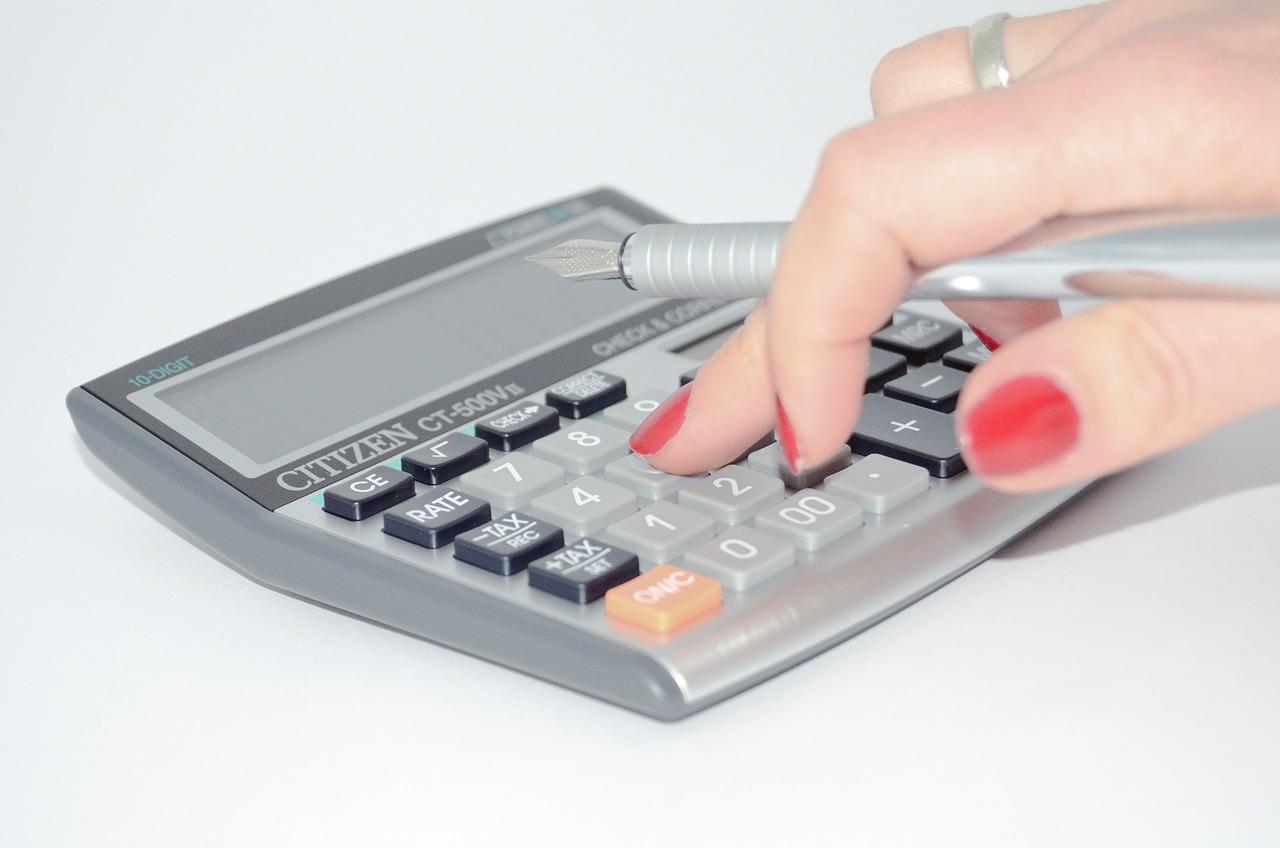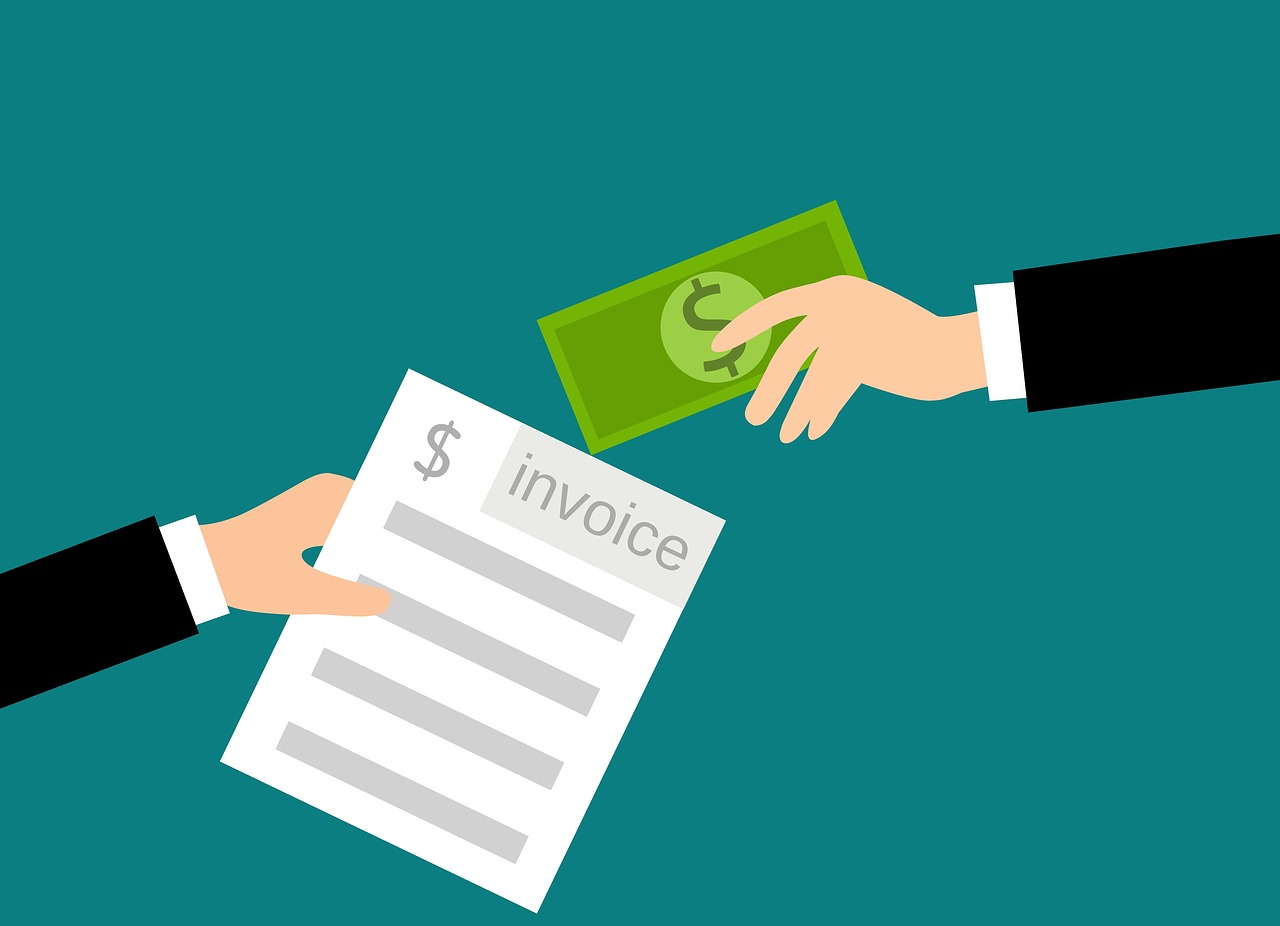How to Create Invoice Numbers?
Payment papers are an integral part of any business. Freelancers, self-employed, independent contractors, and vendors manage the bookkeeping and workflow themselves. They need to know how invoices work and what elements of templates for invoicing are mandatory. Read on to learn more about invoice IDs.
What Is an Invoice ID?
While most regions don’t have clear requirements for bills and checks, some fields are required. These include IDs. What is an invoice number? It’s a combination of numbers, symbols, and letters that is unique to each file. Such an identifier is one of the essential elements of an invoice because:
- with its help, both performers and orderers can track business transactions and payments;
- it allows you to find the desired document quickly;
- it can be used as a reference to fill out financial statements;
- compliance with a clear system allows you to avoid duplicating files and errors in payments and other operations.
Where to find an invoice number? As a rule, in most templates, a field with a number is located at the top, close to the file creation date, due date, and parties’ contacts. For example, if you use Saldoinvoice, the document ID can be found on the second line in the upper right corner. It facilitates the subsequent processing of documents.

What Do You Need to Know About Generating Invoice Numbers?
There are no strict legal regulations regarding invoice issuance in many regions. However, there are a number of generally accepted rules. The main recommendation is to stick to a sequential invoice numbering system. It means the ID of each following generated document should be one point larger than the previous one. Thus, the numbering of your files when using our service will be 001, 002, 003, etc.
If your business has an international format, remember some countries (e.g., in the EU) have stricter requirements for invoicing than, for example, the United States. Be sure to check how to make an invoice number that complies with the laws of your clients’ region. But why do invoices generally include an invoice number, even though they are optional in some areas? Clear numbering allows you to find documents, provide references to customers, and it’s necessary when paying taxes.
For the same reasons, it’s never worth deleting the forms generated by mistake. Create a new file and send a correction note to a client. If an orderer has already paid, offer them a credit memo or take it into account when drawing up the next bill.

Invoice Numbers Examples
As mentioned above, you should take a sequential approach to ID generation. In this case, you decide which number they will start with. Even though our system assigns IDs to files, any invoice template blank allows you to customize it depending on your needs. You can implement an alphabetical or chronological approach. For example, indicate the project or client ID. Add to this the date a document was created to make it easier to work with papers if you fill several orders for the same client.
Usually, such extra information is located at the beginning, and then the main number follows after a slash or a dash. For example, your file has a number LSA/H01/1511/001, where the first value is the project ID, the second is the client ID, the third is the file creation date, and the fourth is the document number. Make sure there are no spaces between the entered data.
Professionals recommend choosing one system and sticking to it when generating all files. You can test one option, and if it does not suit you, switch to another when the reporting period ends.
Avoiding Duplicates and Errors
Let’s be honest. No one likes mix-ups, especially when it comes to money. You don’t want to send the same invoice twice or lose track of who paid what, right? Having a unique identifier for each invoice is your superhero cape here. It’s key for spot-on invoice tracking and acts like a fingerprint for each invoice. By nailing this down, you’re also championing duplicates prevention. So, how do you dodge those pesky errors? Simple:
- Choose an invoicing software that auto-generates unique identifiers to steer clear of double-ups.
- Run a final check; a simple once-over can save you a ton of stress later.

Incorporating Relevant Information
Who says invoice numbering has to be as dull as watching paint dry? You can jazz it up by sneaking in some beneficial info. Think of it like your morning smoothie, where you mix in protein powder or chia seeds. This brings us to number structure. If you pack in just the right ingredients—like a project code or client ID—it helps you and your client instantly get the gist of the bill, making your effective invoicing even more on point.
- Start the number with a project code or end it with a client ID.
- You could even use the date to make things crystal clear. And hey, dashes or slashes? Your call for separators.
Organizational Benefits of Sequential Numbers
Sequential numbers sound elementary but trust us, they’re genius in disguise. The beauty lies in their simplicity; you’ll always know what comes next in the numerical sequence, making record keeping a piece of cake. You don’t need to be a detective to find the invoice you’re looking for, and that makes for organized invoices and less hair-pulling. What’s the win here?
- You save precious time. No more digging through stacks of paper or endless digital files.
- You get your numbers straight—making your tax person, clients, and you happier.
The Real-Deal Benefits of Improving Your Invoicing
So, why bother with all this number crunching and invoice fuss? It’s not just about ticking off boxes or pacifying your accountant. It’s like putting on your best suit or dress; it’s about showing up as your best business self. Invoice numbering, unique identifiers, and sequential numbers are more than formalities. They’re your silent partners in running a smooth, efficient operation prepped for growth and scale.
Elizabeth Cherepyna
Product Manager, she is analytic of the behavior of users in the application, communicates with them, to better understand what we need to improve, and sets tasks for her team.
Learn more








